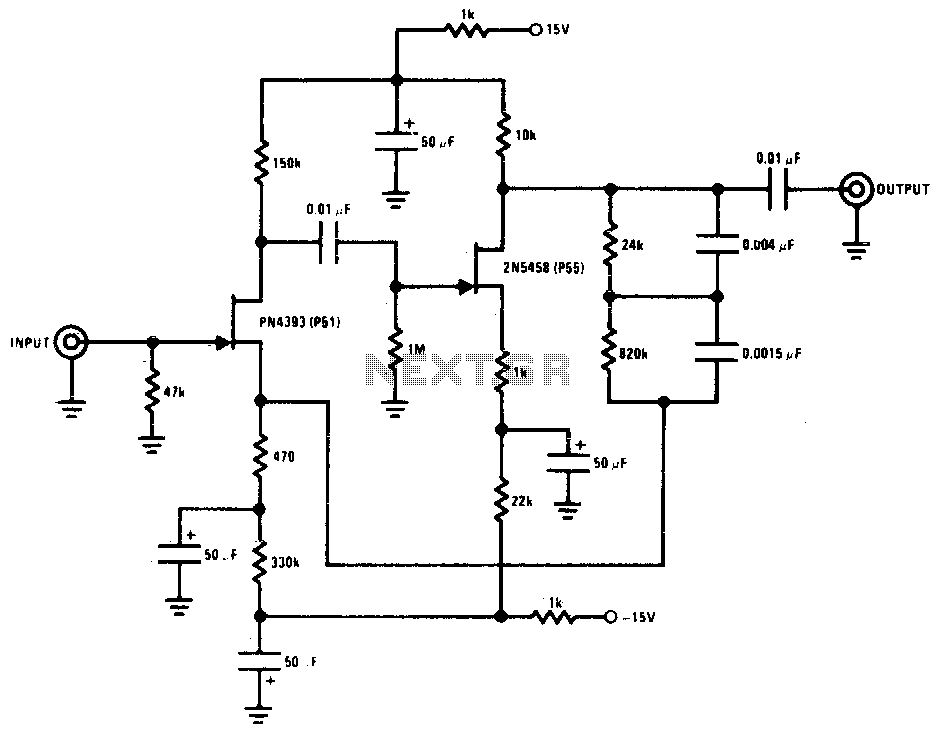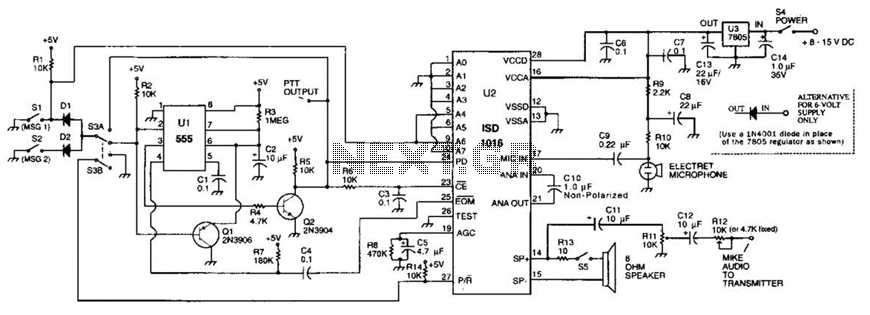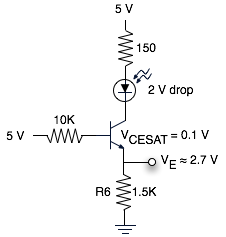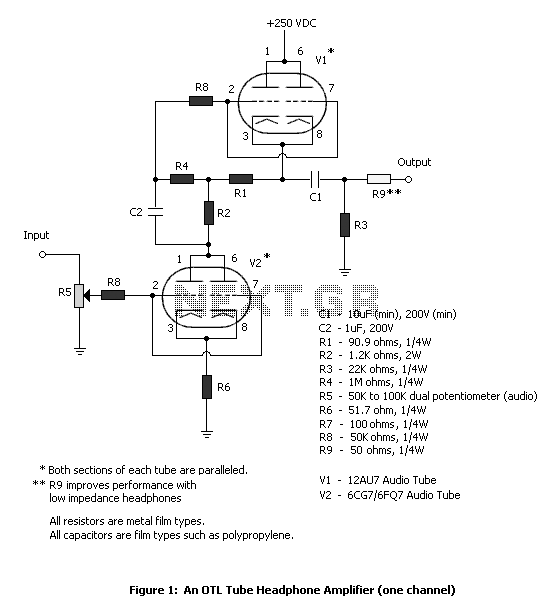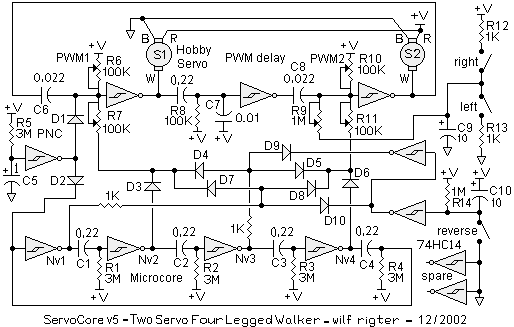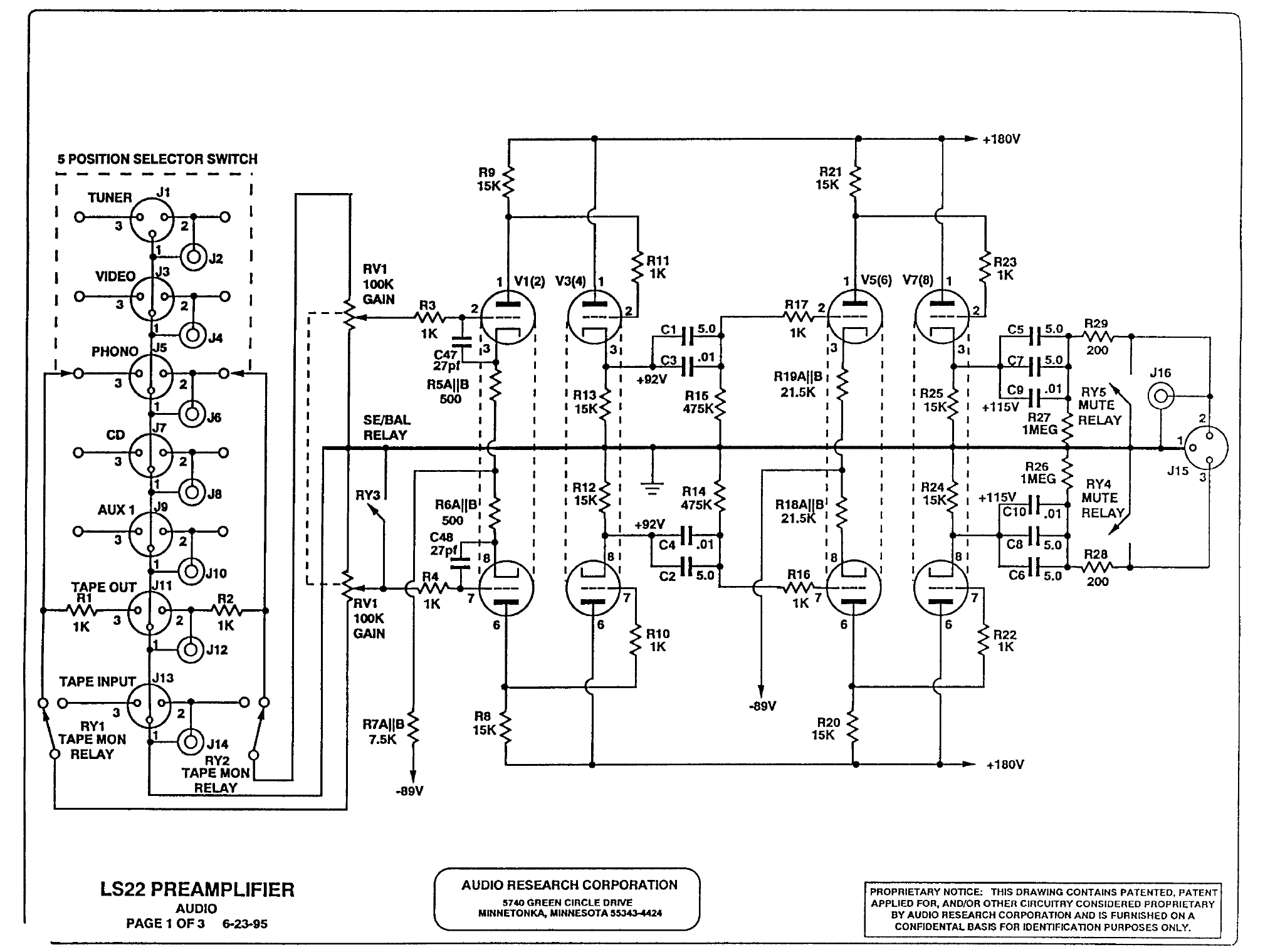
VHF antenna amplifier circuit diagram
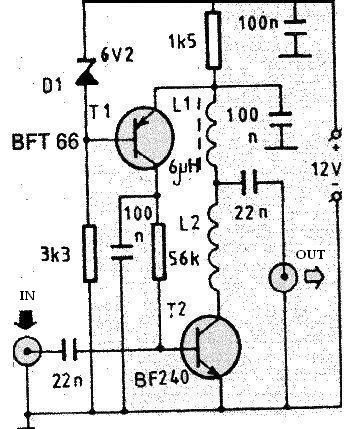
This RF antenna amplifier is designed for high frequency and VHF bands (for radio and TV) and provides a gain of 22 dB. The amplifier features very low noise, measured at under 1.6 dB. The L1 coil has a value of 6 µH, although any coil suitable for high frequency with a value between 5.6 to 6.8 µH can be utilized. The L2 coil is an air core type with 5-6 turns, measuring 10 mm in length and 5 mm in diameter. For the L2 coil, a 0.25 mm copper wire can be employed. The PCB of this circuit should be positioned near the antenna, enclosed in a small metallic box. This VHF antenna circuit requires a 12-volt DC power supply, which can be sourced from a 12-volt battery, as the circuit's current consumption is very low, remaining under 10 mA.
This RF antenna amplifier circuit is optimized for enhancing signal reception in the VHF frequency range, making it suitable for applications in both radio and television. The design incorporates a gain of 22 dB, which significantly boosts the incoming signal strength while maintaining low noise levels, crucial for clear audio and video output. The low noise figure of under 1.6 dB ensures minimal signal degradation, making this amplifier particularly effective in environments with weak signals.
The circuit utilizes two inductors, L1 and L2, which play a vital role in tuning and filtering the frequencies of interest. The L1 coil, rated at 6 µH, can be replaced with other inductors within the range of 5.6 to 6.8 µH, allowing for some flexibility in component selection based on availability and specific tuning requirements. The L2 coil, constructed as an air core with 5-6 turns, is designed to optimize the amplifier's performance by reducing losses associated with core materials. The dimensions of this coil are critical, with a length of 10 mm and a diameter of 5 mm, ensuring efficient electromagnetic coupling.
When assembling the circuit, it is recommended to use 0.25 mm copper wire for the L2 coil to ensure adequate conductivity and minimal resistance. The PCB layout should be compact and designed to minimize parasitic capacitance and inductance, which could affect the amplifier's performance. Additionally, placing the PCB close to the antenna within a metallic enclosure helps shield the circuit from external interference, enhancing overall signal integrity.
Powering the circuit requires a stable 12-volt DC source, which can be conveniently provided by a 12-volt battery. The low current consumption of under 10 mA allows for prolonged operation without significant energy depletion, making it suitable for portable applications. This design is ideal for hobbyists and professionals looking to improve VHF signal reception in various environments, ensuring reliable performance in both urban and rural settings.This RF antenna amplifier can be used for high frequency and VHF band ( for radio and TV) and will provide a 22 dB gain. This RF antenna amplifier electronic project has a very low noise, under 1. 6dB. L1 coil has a 6uH value, but can be used any coil for high frequency ( with a value between 5. 6 to 6. 8 u H). L2 coil is an air core type coil a nd it has 5-6 turns (10mm long and 5 mm diameter). For L2 coil can be used a 0. 25 mm Cuem wire. The pcb of this circuit must be placed near the antenna, in a small metallic box. This VHF antenna circuit must be powered from a 12 volts DC power supply circuit, you can use a 12 volt battery, because the current consumption of this circuit is very low under 10mA. 🔗 External reference
This RF antenna amplifier circuit is optimized for enhancing signal reception in the VHF frequency range, making it suitable for applications in both radio and television. The design incorporates a gain of 22 dB, which significantly boosts the incoming signal strength while maintaining low noise levels, crucial for clear audio and video output. The low noise figure of under 1.6 dB ensures minimal signal degradation, making this amplifier particularly effective in environments with weak signals.
The circuit utilizes two inductors, L1 and L2, which play a vital role in tuning and filtering the frequencies of interest. The L1 coil, rated at 6 µH, can be replaced with other inductors within the range of 5.6 to 6.8 µH, allowing for some flexibility in component selection based on availability and specific tuning requirements. The L2 coil, constructed as an air core with 5-6 turns, is designed to optimize the amplifier's performance by reducing losses associated with core materials. The dimensions of this coil are critical, with a length of 10 mm and a diameter of 5 mm, ensuring efficient electromagnetic coupling.
When assembling the circuit, it is recommended to use 0.25 mm copper wire for the L2 coil to ensure adequate conductivity and minimal resistance. The PCB layout should be compact and designed to minimize parasitic capacitance and inductance, which could affect the amplifier's performance. Additionally, placing the PCB close to the antenna within a metallic enclosure helps shield the circuit from external interference, enhancing overall signal integrity.
Powering the circuit requires a stable 12-volt DC source, which can be conveniently provided by a 12-volt battery. The low current consumption of under 10 mA allows for prolonged operation without significant energy depletion, making it suitable for portable applications. This design is ideal for hobbyists and professionals looking to improve VHF signal reception in various environments, ensuring reliable performance in both urban and rural settings.This RF antenna amplifier can be used for high frequency and VHF band ( for radio and TV) and will provide a 22 dB gain. This RF antenna amplifier electronic project has a very low noise, under 1. 6dB. L1 coil has a 6uH value, but can be used any coil for high frequency ( with a value between 5. 6 to 6. 8 u H). L2 coil is an air core type coil a nd it has 5-6 turns (10mm long and 5 mm diameter). For L2 coil can be used a 0. 25 mm Cuem wire. The pcb of this circuit must be placed near the antenna, in a small metallic box. This VHF antenna circuit must be powered from a 12 volts DC power supply circuit, you can use a 12 volt battery, because the current consumption of this circuit is very low under 10mA. 🔗 External reference
